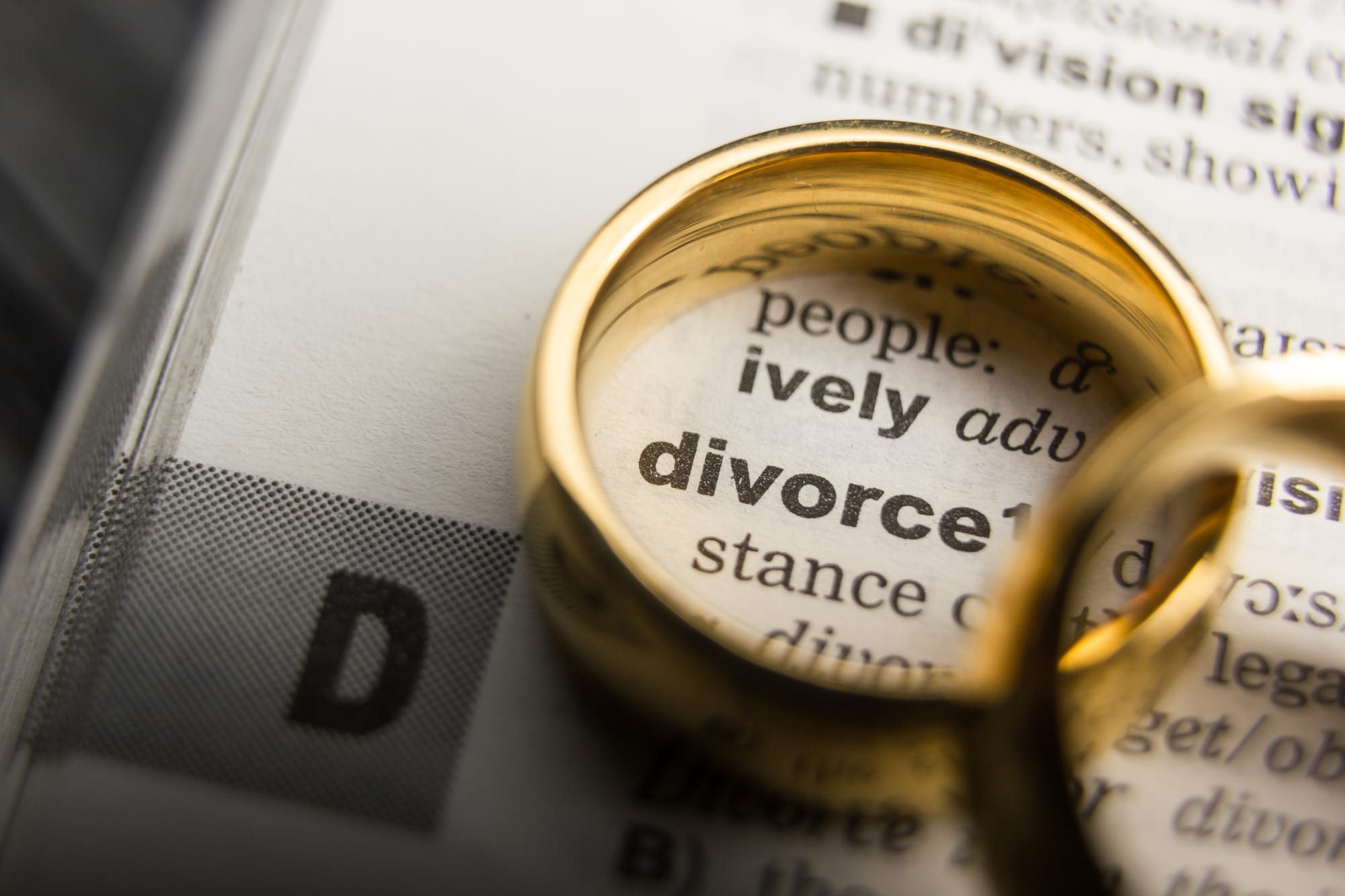After the Divorce Petition

The first step in obtaining a divorce is the filing of a divorce petition. However, many persons are unwise as to the processes thereafter. Therefore, with the aim of alleviating such uncertainties, this article will provide a step by step breakdown of what occurs following the filing of the petition for divorce up to the divorce.
1. THE COURT DATE AND CASE NUMBER
Once the Petition is signed, it will be filed into the Court's records through the Courts online portal.
After the Petition is processed upon filing, the Petitioner, i.e. the spouse who initiated the divorce proceedings, would be issued a petition number.
Typically, after any application is filed, a hearing date will be set for the Court to deal with the application in the presence of the parties involved and their respective Attorneys, if any.
The same occurs after a Petition for divorce is filed. An email by the court will also be sent on the same day the documents were processed indicating the date of hearing in which the Petition would be heard and the name of the Judge it would be heard before.
2. SERVICE
The next step after the Petition has been processed and a hearing date has been set is to serve the Petition on the Respondent, i.e. the other party to the marriage.
Included together with the Petition is the Form 3 Notice of Proceedings and the Acknowledgement of Service form. These Notices will inform the Respondent of the date, time and place in which the hearing for the Petition will occur.
Upon service of these documents, they will have eight days to accept the Petition filed upon them or 28 days to file and serve a Cross Petition.
3. ANSWER TO CROSS PETITION
If a Cross Petition is filed and served, the Petitioner may subsequently file and serve what is referred to as an Answer to the Cross Petition. This must be done within 14 days of the filing and serving of the Cross Petition.
The Respondent may file and serve a reply to the Answer to the Cross Petition only upon permission from the Court during the first hearing.
4. THE HEARING
At the hearing for the Petition, the Honourable Judge will call the matter and the Attorneys and the respective parties will be introduced before the Court.
Then, the Petitioner will be called upon by their Attorney to identify the marriage certificate, the Petition filed on their behalf and to confirm that the signature on the Petition is theirs.
Thereafter, the Petitioner's Attorney will go through the Petition with them and they will be asked to confirm the validity of the statements filed within the Petition.
If no Cross Petition is filed, the Honourable Judge will proceed to grant the decree nisi.
If a Cross Petition was filed, the Cross Petitioner's Attorney will call on them to also identify the marriage certificate and to confirm the contents of the Cross Petition.
Then, the Honourable Judge in this circumstance will grant the decree nisi on mutual decrees.
If there are children to the marriage, the Honourable Judge will proceed to set directions for the filing of the relevant forms relating to the children and for financial relief unless the parties opt to settle on these issues outside of the Court.
5. DECREE ABSOLUTE
The decree nisi does not dissolve the divorce. It merely signifies that the Honourable Court acknowledges that there is no valid nor reasonable reason to deny the parties from dissolving their marriage.
The marriage will only officially be pronounced dissolved upon the grant of the decree absolute.
After the decree nisi is pronounced at the hearing of the Petition, the Petitioner's Attorney will have six (6) weeks from that date to make an application to the Honourable Court for the decree absolute.
While there is no timeframe on when the Court will grant the decree absolute, once there are no queries to the application filed, the Court will email the Attorneys with the grant declaring the divorce dissolved. Apart from this email, there is no hardcopy version of the absolute that will be provided, however, the soft copy of the decree can be printed for future transactions.
In our next article we will discuss how the issues relating to children, financial support and property settlement are dealt with after the divorce is finalised.